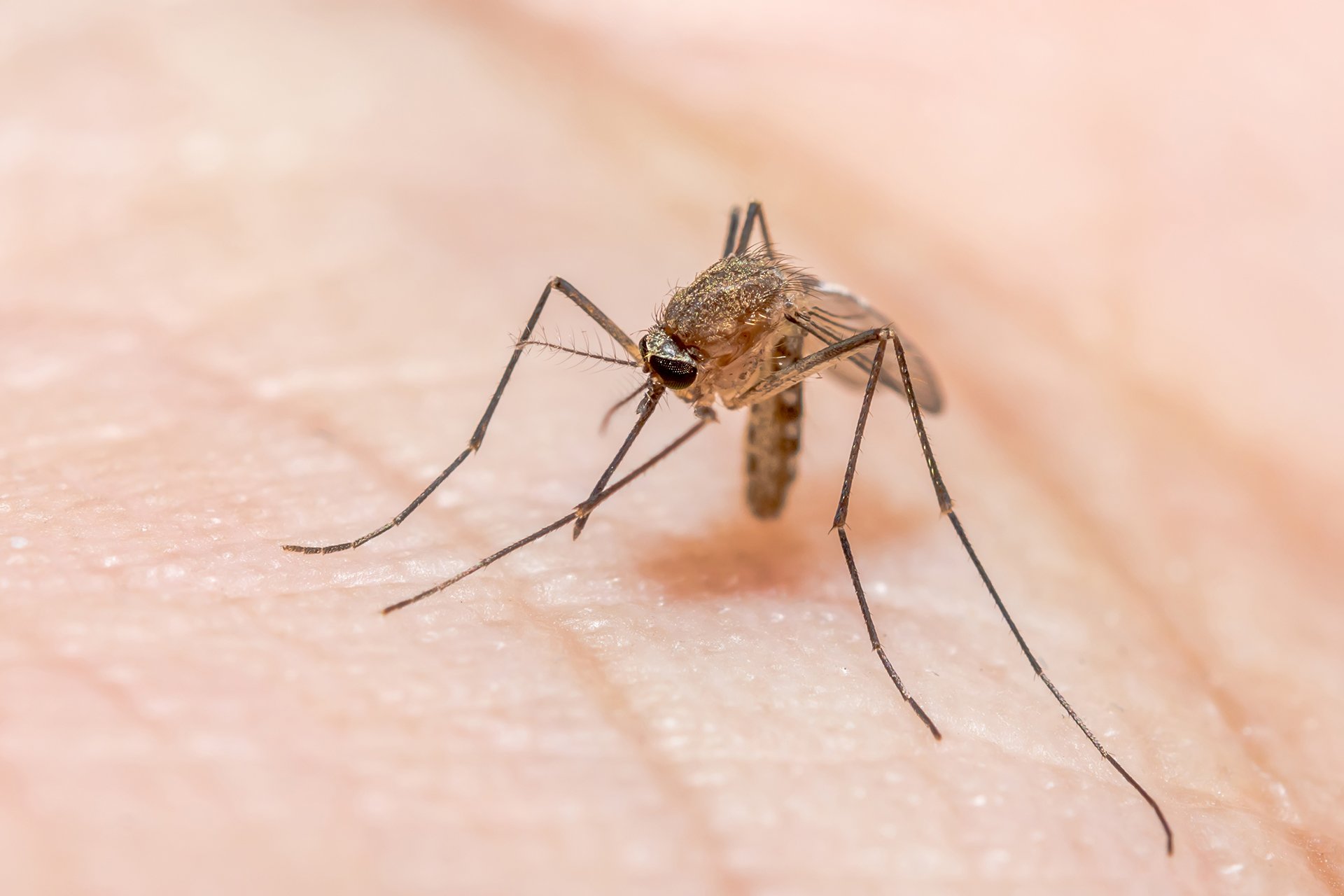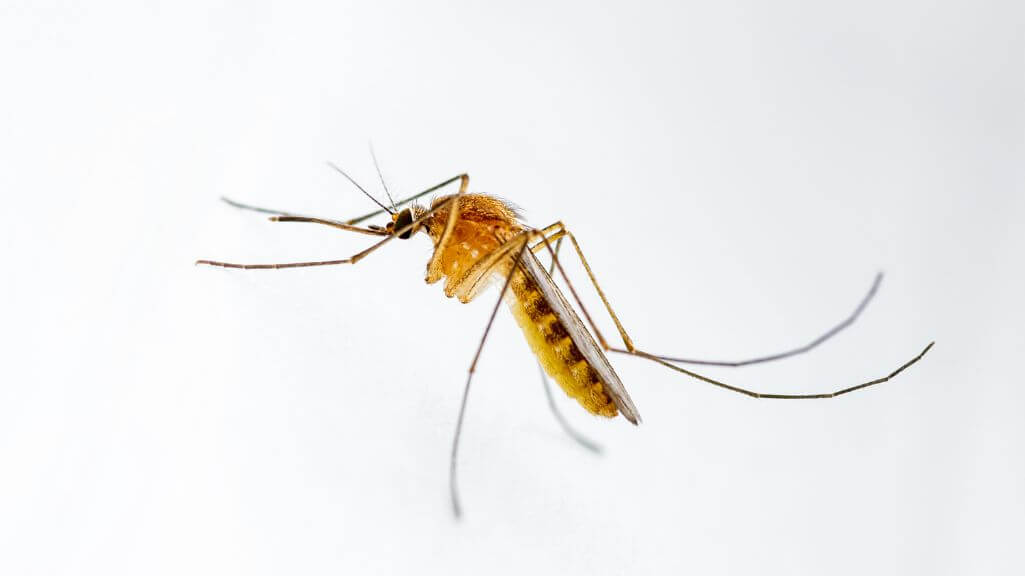Get in Touch With Us
Mosquito is one of the most dangerous animals in this world. Do not take their presence lightly.
Mosquito
Learn More About The
Mosquitoes
They are one of the most dangerous species of insect in the world. With an estimated number of 700,000 deaths in just one year. In addition to that, they are a major health hazard carrying viruses and other parasites. They spread mosquito-borne diseases such as dengue fever, yellow fever, malaria, chikungunya and zika virus.
Unfortunately, controlling the spread of the diseases is harder because of the world population growth. Hot, humid environments are most amenable to their growth and survival. Thus, long term infestations can occur easily in tropical areas. They thrive in different places and reproduce well even outside their natural home.
Most of these species use containers of stagnant water as egg-deposit sites. Getting a professional pest control services is your best bet to rid of your mosquito problem permanently.
URGENT RESPONSE
Lifecycle, Diet & All
Mosquito Characteristic
They go through 4 stages before becoming an adult mosquito: Eggs, larvae, pupa and finally, an adult. Most female mosquito lay their eggs in the water. Nevertheless, the eggs can still survive without water for a long period. Larvae and pupa, on the other hand, cannot survive without water.
The Mosquito Life Cycle
Eggs to larvae
It takes about 12-24 hours for the egg to hatch, depending on the condition. For example, under optimal condition, an aedes mosquito can take less than 1 day to hatch.
Larvae to Pupa
This takes about 7 days because the mosquito larvae will go thru a molting period. This period divides into 4 in star stages. An expert can determine how long the breeding has taken place by identifying the stages of the larvae.
Pupa to Adult
Within 2 to 3 days, an adult will start emerging from the pupa and above waters. Its body will start hardening and it is able to start flying afterwards.
Adult lifespan
Males mosquitos have a significantly shorter lifespan. They only live for up to 10 days or less, which means it takes them longer to form than the time they stay alive. On the contrary, females can live up to 6-8 weeks. Additionally, they will lay eggs about every 3 days.
The Mosquito Anatomy
They are typically are small in size attached with two pairs of wings to fly. The female has long, slender proboscis and uses a tubular feeding organ to piercing skin as well as sucking blood. Meanwhile, males use their proboscises only for sucking plant juices and other sources of sugar. Only the females bite human for its blood.
They need the blood for its protein and iron to produce eggs. Size-wise, an adult is just about 3mm to 6mm. Usually grey in colour and scales either in white, silver, green or blue depending on the type of species. Although not highly visible, they also have a hairy antennae.
The Mosquito Dietary
Mosquitoes prefer to feed on sweet nectar, plant sap and honeydew, closely similar to butterflies and bees. Both genders typically have the same diet but only the female needs a blood meal to reproduce. The male species of mosquito do not feed on human blood. Specific species like the tiger mosquito, prefer to feed on human blood as well as mammals, bird or reptiles.
During the larvae stage, they will eat microorganisms like algae and bacteria that are in the water. This will help in their developmental process and they do not need to eat anything when they are in the pupal stage.
Learn More About Mosquito
Mosquito Bites
Not all species transmit diseases. In fact, only some infected mosquito will transmit disease if it has fed the blood of an infected person or host. Its sharp tip proboscis (straw-like mouth) will pierce through a human or host skin after sensing the carbon dioxide. From there it will be able to locate the blood vessel and release saliva into the bite.
This allows them to keep drawing the blood accordingly. Our body immune system is able to detect their saliva and produce histamine to fight it. The histamine will cause your blood vessel to react, resulting to bumps to appear. Everyone has different reactions to bites depending on the species.
Some will develop a puffy and reddish bump. Some can develop a hard, reddish-brown swell and in some cases, the host develops a bruise like swelling from the bites. Their bites itch and can lead you to start scratching the bump thus, causing skin irritation. Prevent mosquito bites by applying repellant and wear long pants and sleeves during outdoor activities.
Learn to Know When you Will Need Mosquitoes Control Services
Signs of Mosquito Infestation
When bitten, the area can get itchy and lead to an allergic reaction. Moreover, their high pitched buzzing sound can also be disturbing. Since they are small, it can be hard to tell whether they have infestation in your property or not. Fortunately, there are some indications to look out for if they have start invading.
Red Zone
They do not reside in nest or build colony instead gather in shady areas like ponds, marshes, swamps and wetland. They prefer to inhabit the forested, shaded area like parks and gardens that offer plenty of breeding spots.
Breeding Spots
Mosquitoes breeding site can consist of tin cans, pots, plants stem, discarded tires, plastic containers and more. They do not acquire much stagnant water to start the process.
Live Presence
If you have stagnant standing water in your property, it can attract female. If you see eggs present, it is an indication that mosquito population have started breeding in your area.
Bites
If the female is present, there is a high chance of her biting you because she requires blood to reproduce. If you notice that the insects bites are getting more constant, it means that there is an infestation.
These are the Types of Mosquitoes Commonly Found in Singapore
Types of Mosquitoes
Approximately, there are about 3000 to 3500 mosquito species exist in the world. People in the United States, north America believe that there are about 176 species. Mosquitoes in Singapore pose a threat and health risk. In 2020, the National Environment Agency reported at least 26,000 dengue cases.

Aedes Mosquito (Aedes aegypti)
Both the aegypti and albopictus species feed on people and animals for blood to lay eggs. These types that do not typically fly long distances, they can still cover a few blocks throughout their lifespan. They particular prefer living close to humans and biting them, spread diseases like dengue, yellow fever, chikungunya, and zika. They thrive in homes or nearby wooded areas and people can find them both indoors and outdoors.

Anopheles Mosquito (Anopheles spp.)
They appear to be black to darker brown in colour and spread malaria. These mosquito active time to bite people are during the evening or at night. They tend to stay within approximately 1.2 miles (2 km) of their larval habitats. During the day, they seek out dark and sheltered areas for resting.

Culex Mosquito (Culex spp.)
Culex species appear to be brown to darker brown in appearance and spread west nile virus and Japanese encephalitis. Culex pipiens have a limited flying range, observers have seen them fly distances of up to 2 miles (3.2 km). Because of their blood-feeding habits, they tend to reside outdoors or near residential areas. Culex larvae thrives in any dirty water sources.

